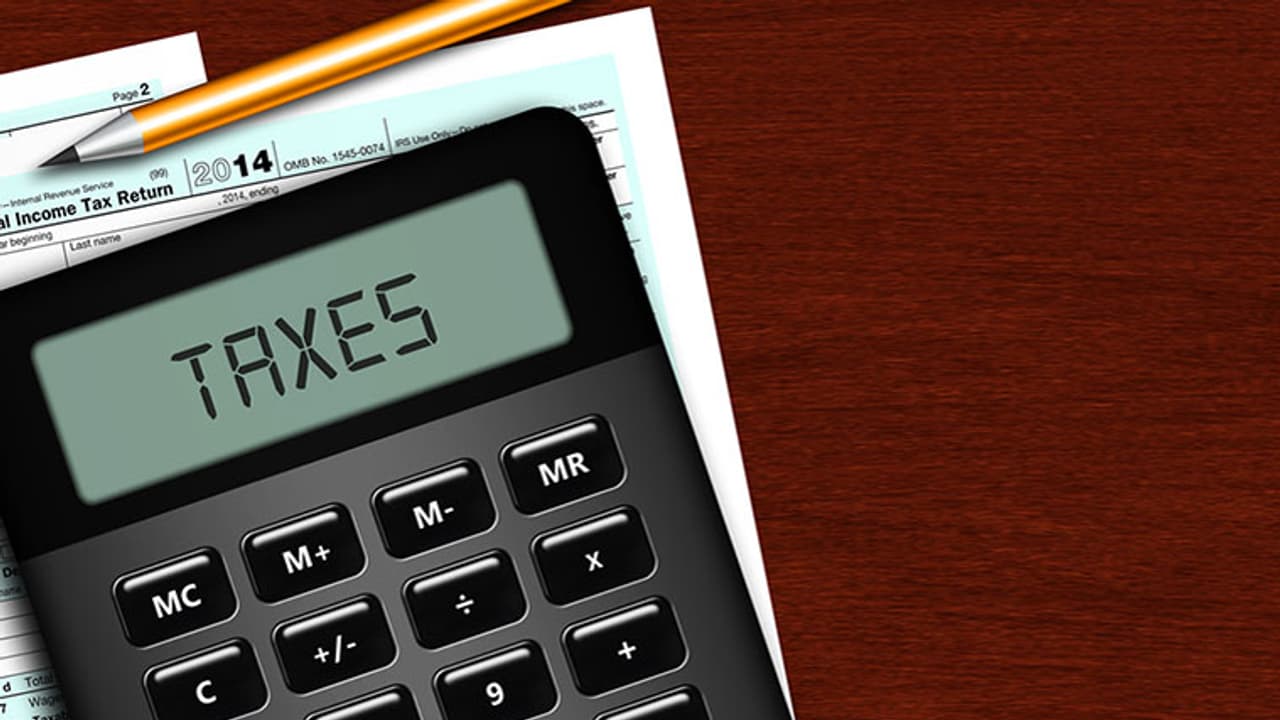Here is a simple explainer on how to file I-T returns Linking your PAN and Aadhaar is one of the most important steps Keep all your documents handy
The due date for filing the income tax returns (ITR) for FY 2016-17 or AY 2017-18 is July31, 2017 (for individuals). You must be ready with all the details required for filing the tax. A minor error in filing can put you under IT department’s scanner. So, what are the things that you should keep in mind to file the ITR and minimise your tax liability in a legal manner.

Let’s check out 10-point guide to file an income tax return to make things easier for you.
Link your PAN and Aadhaar
If you have not yet linked your PAN with Aadhaar ID, then do it immediately, because recently the Government has made it mandatory to link both for filing the return. You can easily link both IDs by visiting income tax department’s website and providing details such as Aadhaar Number, PAN Number and your name as per Aadhaar. Both IDs will get linked immediately.
From this year, you also need to mention the Aadhaar number (or enrolment number if Aadhaar number is awaited) in the ITR form.
Check, do you fall in ITR range?
If your income is above the basic exemption limit, then you must file the ITR. Even if your income is below the basic exemption limit and you want to claim the TDS refund, then you need to file the ITR. If you are planning to take a bank loan, then ITR for last 2 years is often asked by the lender. So, check all the essential details when you assess whether you fall in ITR net or not.
Collect important documents for tax filing
Before you start filing your ITR, keep all documents handy at one place. The checklistincludes all your bank statements, TDS details, Investment details, Interest earned from various bank accounts and investments, last year’s return copy, details of income from other sources, amounts contributed to PF, Life insurance policy premium, Investment in ELSS, payments for stamp duty etc. Keep each document with great care so that you can producethem when sought.
Segregate all sources of Income
Do not forget to mention the exempt income such as LTCG from equity investment, dividend income etc. while filing the return. It is better to segregate income from all the sources and mention the same while filing the return. Often people forget to mention the income earned from the savings account. It is exempted only if the total interest earned from all savings account during the year is less than Rs 10,000.
Demonetisation detail
During the demonetisation period if you had deposited over Rs 2 lakh cash in your bank account, then you must declare the same while filing the ITR. Misreporting or not reporting such cash deposits can put you in trouble as IT department may penalise you heavily if they found any wrong doing. There is high probability that the IT department already has all data of deposits above Rs 2 lakh cash, so you cannot escape without furnishing correct information.
Verify Form-16
It is important to verify the details on Form-16 to figure out the total salary income and TDS thereof deducted by the employer. On Form 16 you can check the details of your deductions under various heads such as Sec 80(C), Sec 80(D) etc., as per information you would have provided to your employer.If any deduction is left out, then you can mention it while filing the ITR.
Choose correct ITR form for filing the tax
There are several ITR forms which are to be used by specific categories of taxpayer.ITR 1 (SAHAJ) is meant for the individual taxpayer having income below Rs 50 lakh from sources such as salaries, house property, other sources. ITR 2 is meant for individual or HUF who do not practice proprietorship business or profession, whereas ITR 3 is applicable for Individual and HUF under proprietorship business. Similarly, ITR 4 (Sugam) is meant for presumptive tax for business and professions.There are ITR 5, 6 and 7 for different taxpayer. Select the right form to avoid error in tax filing.
Verify Form 26 AS for all TDS details
You can get the details of TDS on income from Form 16, the complete detail of all TDS which was deducted at various points can be figured out by verifying the details in Form 26 AS. Banks also deduct TDS on FD interest, similarly there could be TDS on rental income; so, you can get all the TDS details by looking at Form 26 AS. You can easily download this form through your online bank account.
Declaring asset and liabilities
If your income is higher than Rs 50 lakh, then it is mandatory to declare the details of assets and liabilities along with address of immovable properties. In this declaration, you must include details such as jewellery, car, shares, cash in hand and at bank, immovable property, loan details such as car loan, home loan etc.
Other important points
Verification after completing all the details is the most important part of tax filing. If you make any mistake, then you need to file a revised return to rectify it. If you file the return after due date, then you cannot file a revised return if there is any mistake in tax filing. So, file your return before the due date to stay on the safer side.
So, do not wait for the last date to file the return and become vulnerable to make mistakes in the last-minute rush. Be ready with important documents and file the return well before the final due date.

(Adhil Shetty, is the CEO,BankBazaar.com.)
